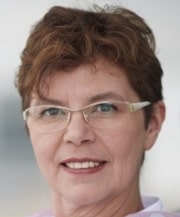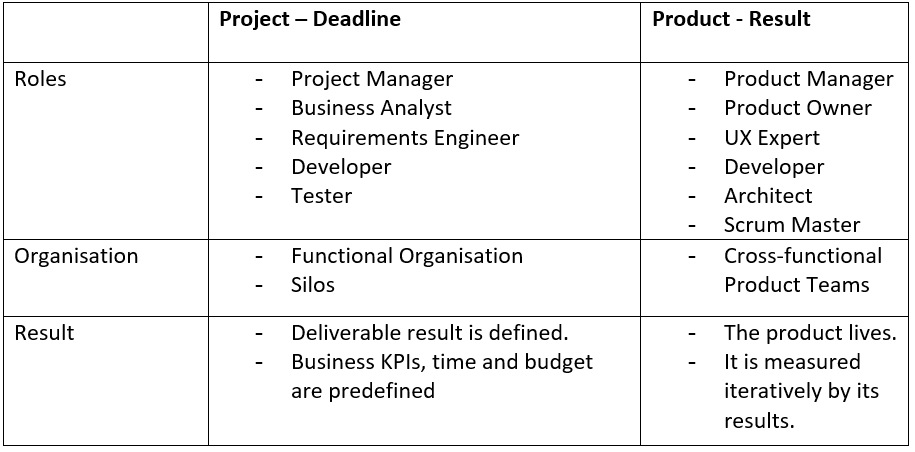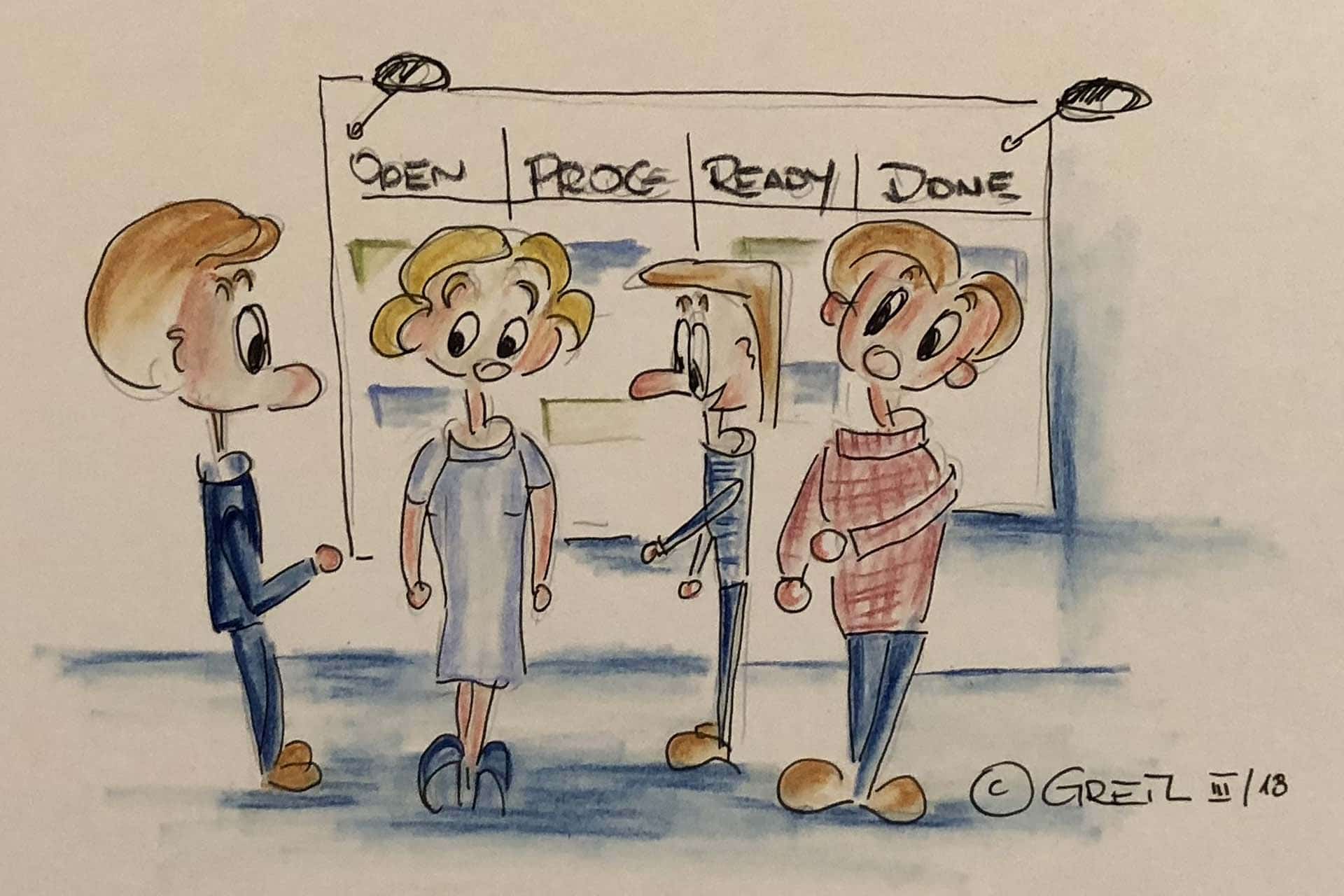Agility begins with the heart
Table of Contents
We want to become more agile
The longing for creativity
Living agility
I dreamed that I had a great idea that could take our project forward and make the work in the teams a lot easier. So far so good. So I went to our product manager. I explained my idea to him. At first he listened attentively. However, his face became more and more … I don’t know how to describe it, more and more … to an Excel sheet. He asked me if I had already applied for a budget. Of course I didn’t have that yet, I wanted to discuss my idea with him. Some of the Excel cells in his face turned red. Then he asked me if I had compared my idea with the other projects and their approach. After all, not everyone could simply do what that pleases her. More cells in his face turned orange and red. I secretly called him “EXCELLARATOR”.
Since he didn’t want to make a decision, he sent me to our system architect. She used to be the responsible project manager. But now we were agile – and there are no more project managers. She asked me about the status of the project in our team – and since we’re not really green, we don’t need any new ideas. We’re supposed to finish the project first. She stressed how far behind we were with the project – so we can’t afford any extra bonuses. After all, her bonus payment depends on it. I could do whatever I wanted and get my money. But with her, her money depends directly on the success of the project. She can’t do without it when she has just built a house. I should come back when the project is green. For me she had the “STATUSRITITIS”.
But I still didn’t want to give up. I always had a good impression of our Epic Owner. Although I had never spoken a personal word with him before. I had seen him several times at official events of the project. Surprisingly, he took his time for me. A good sign I thought. So I explained my idea to him. But after about a quarter of my speech (which lasted no longer than two minutes) he interrupted me. He wouldn’t be interested in technical details. He also immediately gave me the target date for the whole project. We have to deliver and not keep trying new things. (That was new to me again – I hadn’t tried new things in the whole project yet). He literally forbade me to even think about new things. He seemed like an overpowering “GENERAL” with golden epaulettes.
So I decided to go to the CIO. He had finally preached the agile organisation. I stand in front of his office door and hear him on the phone …
But then I woke up sweating.
We want to become more agile
My dream kept me busy for quite a while. I thought about it a lot. What did my subconscious mind want to tell me? Was it just about my ego that nobody wanted to hear my idea? Did I feel misunderstood? Was it about my personal view of agility and cooperation? According to Wikipedia, agility means: “Agility is a feature of the management of an organisation, acting flexibly and beyond that proactively, anticipatively and initiatively in order to introduce necessary changes.”¹ The Excellarator, the Statusrititis infected and the General really didn’t sound like both flexible and proactive. According to the agile manifesto, agility is about individuals, about responding to change, about collaboration, and not about running software. We want to become more agile.
For a classic management, “agile” simply means: We’ll get done sooner. At its core, however, it simply means getting involved in change and not just following a predetermined plan. But it also means breaking away from fixed project timelines and opening up to product ideas. A comparison of these two schools of thought can be found in the following table:
The longing for creativity
When I have an idea, I want a listener and a contributor. A contact person who challenges and promotes creativity new ideas. But why creativity?
I am convinced that software development is a deeply creative process. With our technology, we create a digital representation of business processes that was not there before. But that also means that creative blockades, such as
- the conformity pressure of the EXCELLARATOR
- or his extreme budget orientation,
- the limited success orientation and time pressure of STATUSRITITIS infected persons,
- and the prohibitions of thought of the GENERALS
must disappear from the (project) world.
Enabling creativity in the cross-functional teams of today’s software development ultimately means giving the teams and the individuals in the teams the freedom to come up with new, unconventional ideas. And at the same time the freedom to implement these ideas. Of course, this also includes failure. This failure must be accepted. Otherwise new ideas are simply not possible. Creativity is possible when the individual in the team and the team in the project receive recognition for their performance. And that means not only prescribing agility “from above”, but really being prepared to live agility.
Living agility
To live agility is to listen. I have to approach employees, team colleagues, listen to their ideas and take their opinions seriously. “To take things seriously” means to implement changes. Merely paying lip service doesn’t help here. Whether a team is taken seriously or not is quickly perceived by employees. Honesty is required in every relationship.
To live agility also means to consciously accept and allow new things. New ideas need space. As a rule, they cannot be squeezed into tight project vests. Statements like “Do we need that? We already have xyz,” should be forbidden by itself. The fear to spend money and resources unnecessarily determines our thinking. Already the term “resources” is terribly wrong. One does not achieve creativity with the use of resources, but with people.
Creativity needs freedom. However, boundless freedom also inhibits creativity. Teams need clear framework conditions in which they can act. This includes the free decision on the technologies to be used – within the parameters. This includes the free decision of the Definition of Done used in the team – without limiting other teams in their work. And this also means that teams can define together which overarching committees, such as an architecture board or a UX community, they need.
If we really want an agile organisation, we shouldn’t set individual goals. These counteract our common team goals in a very unpleasant way. If someone has to deliver a project at a certain point in time to get his bonus, he will probably always act egocentrically and not team-centrically. Statusrititis is forgivable and understandable, but it is a fundamental conflict in an agile organisation. This conflict must be resolved. Formulating team goals and rewarding the team as a whole supports the goal of an agile organisation much better.
All of these requirements essentially result in one and the same thing: empathy. We must meet with empathy in order to create something really great together. And empathy means heart. I must be ready in my heart to live agility. I must overcome my own inner Excellarator, my own Statusrititis, my own General. I make myself transparent and vulnerable. And this also applies within the teams and the entire agile organisation.
But together we win a project or product that is fun, produces something new and will ultimately also be economically successful. I am one hundred percent convinced of that.
Notes:
[1] German Wikipedia: Agility (Management), https://de.wikipedia.org/wiki/Agilit%C3%A4t_(Management), retrieved 9.8.2019
2] From: Frommelt, A., Junker, A.: From Design Thinking to DevOps, Lecture WJAX 2019, Munich 11/ 2019
Dr. Annegret Junker has published more articles in our t2informatik Blog:

Dr. Annegret Junker
Dr Annegret Junker works as Chief Software Architect at codecentric AG. She has been working in the software industry for over 30 years in various roles and different domains such as automotive, insurance and financial services. She is particularly interested in DDD, microservices and everything related to them.



